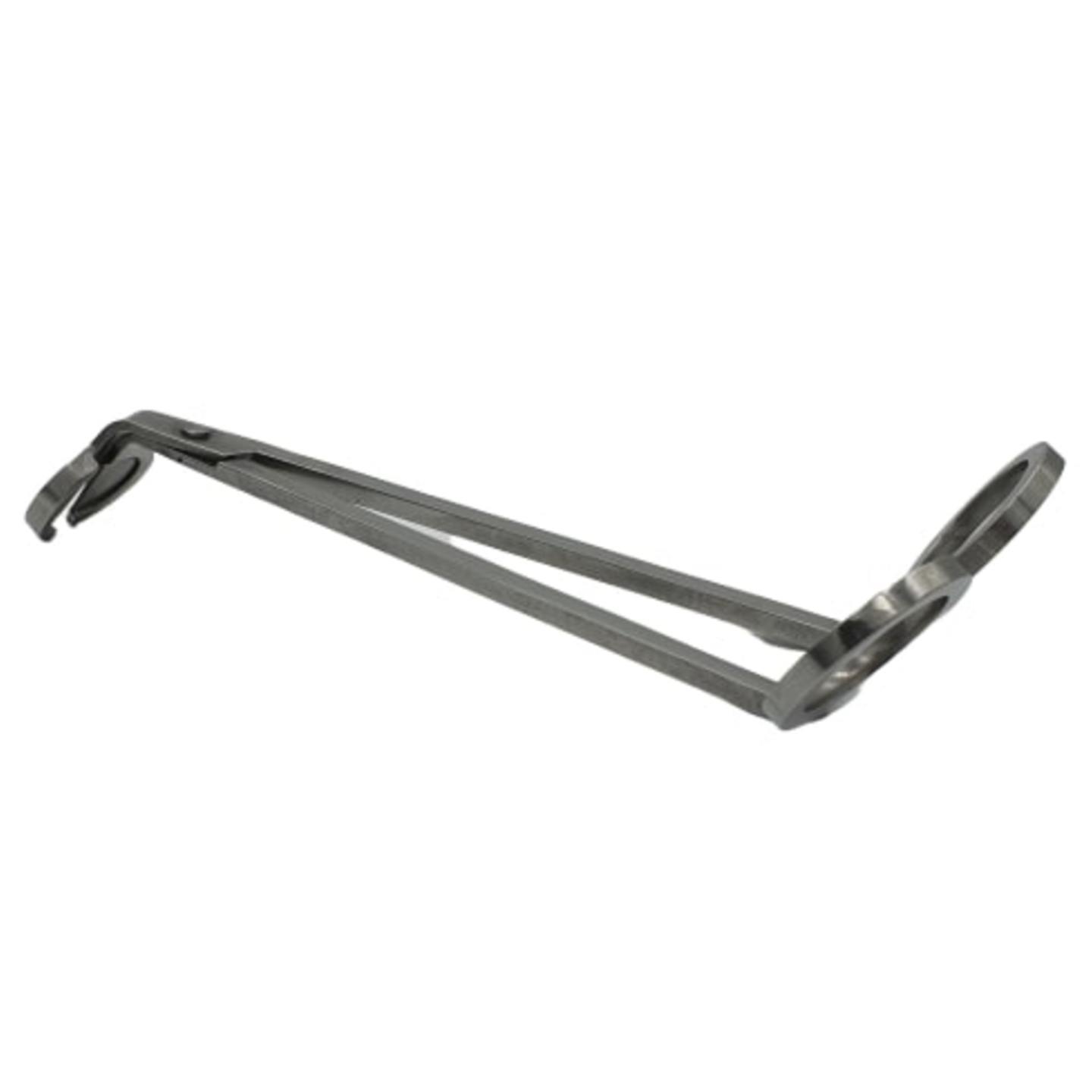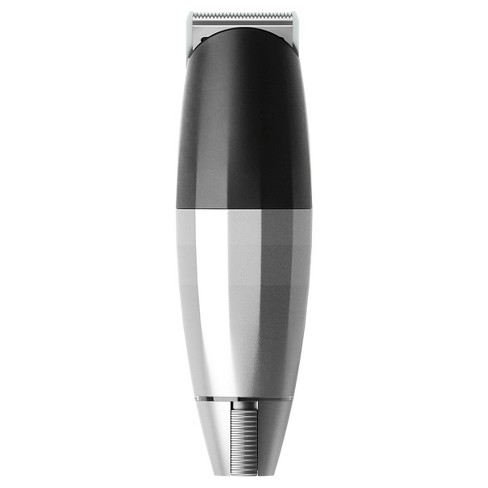

All the strains were stored at −80 ☌ in Brain Heart Infusion (BHI) supplemented with 15% ( w/ v) glycerol and grown on 1.5% ( w/ v) BHI agar plates at 37 ☌. monocytogenes 10403S that lack N-acetyl glucosamine and rhamnose in their wall teichoic acid, respectively.

FSL D4-0014 and FSL D4-0119 are mutants of L. monocytogenes serotype 1/2a model strain. monocytogenes serotype 4b standard strain that was used for phage titering and phage propagation of the remaining Listeria phages (LP-020, LP-021, LP-024, LP-027, LP-053, LP-054, LP-057, LP-085, and LP-094). monocytogenes MACK was used for phage titering and phage propagation of Listeria phages A511, LP-048, and LP-125. Bacterial Strains and BacteriophagesĪll bacterial strains in this study are listed in Table 1. To increase the diversity of characterized phages available for use against serotype 4 strains, we screened and characterized nine Listeria phages that show strong infectivity against the serotype 4b L. Previous phage host-range studies employing efficiency of plaquing assays showed three Pecentumvirus phages, LP-048, LP-125, and A511, that effectively form plaques against serotype 1/2 strains and serotype 4b strain F2365 however, Homburgvirus LP-018, which also shows some potential use in biocontrol applications, was not able to infect this model strain. Serotype 1/2a and 4b are the most frequently recovered from food and environmental samples. Serotype 4b strains account for most clinal isolates from humans, causing about 50% of illnesses serotype 1/2a ranks second and is associated with 27% of cases. monocytogenes can be divided into at least 13 serotypes. īased on cell surface antigenic determinants, L. monocytogenes thus, Listeria phages show some level of serotype specificity.

Presence or absence of these sugars corresponds to the various serotypes of L. Pecentumvirus phages have been shown to utilize rhamnose and N-acetylglucosamine of wall teichoic acids as binding receptors during the adsorption step of infection. Currently used Listeria phages have been characterized as belonging to the genus Pecentumvirus. monocytogenes contamination on food and in food processing plants. These products are marketed to control L. Listeria phage biocontrol products have been approved for use by the United States Food and Drug Administration since 2006. monocytogenes in the food processing environment. High specificity, self-replication capability, and tolerance of a wide range of temperatures and pHs make bacteriophages a promising candidate for biocontrol of L. īacteriophages are natural viral predators of bacteria, which infect and lyse specific host strains. Within the United States alone, there is an estimated 2518 annual cases, with a 20% mortality rate, and economic losses caused by listeriosis were more than $3.1 billion in 2018. The global burden of listeriosis cases has been estimated at 23,150 annually, with a mortality rate of 26%. monocytogenes can lead to consumers ingesting the pathogen, which can cause the potentially fatal invasive disease listeriosis. Contamination of the food processing environment with L. monocytogenes is widely isolated from soil, agriculture environments, and urban environments, and can tolerate high salt concentrations and a broad range of temperatures and pH levels. Listeria monocytogenes is a Gram-positive foodborne pathogen that infects humans and animals. Listeria phages that target serotype 4b showed an inhibitory effect on the growth of F2365 and other serotype 4 strains and may be useful for biocontrol of L.monocytogenes in food processing environments. Phages LP-020, LP-027, and LP-094 were selected as representatives of these two groups of phages for further characterization through one-step growth curve and inhibition of serotype 4b L. Comparison to previously characterized phage genomes revealed one of these groups qualifies to be defined as a novel species. These nine phages can be divided into two groups based on their morphological characteristics and host range. Out of 120 wild Listeria phages, nine phages were selected based on their strong lytic activity against the model serotype 4b strain F2365. The aims of this study were to characterize phages that specifically infect serotype 4b strains and to assess their ability to inhibit the growth of serotype 4b strains. Bacteriophages are natural viral predators of bacteria and are a promising biocontrol agent for L. Listeria monocytogenes serotype 4b strains are the most prevalent clinical isolates and are widely found in food processing environments.


 0 kommentar(er)
0 kommentar(er)
